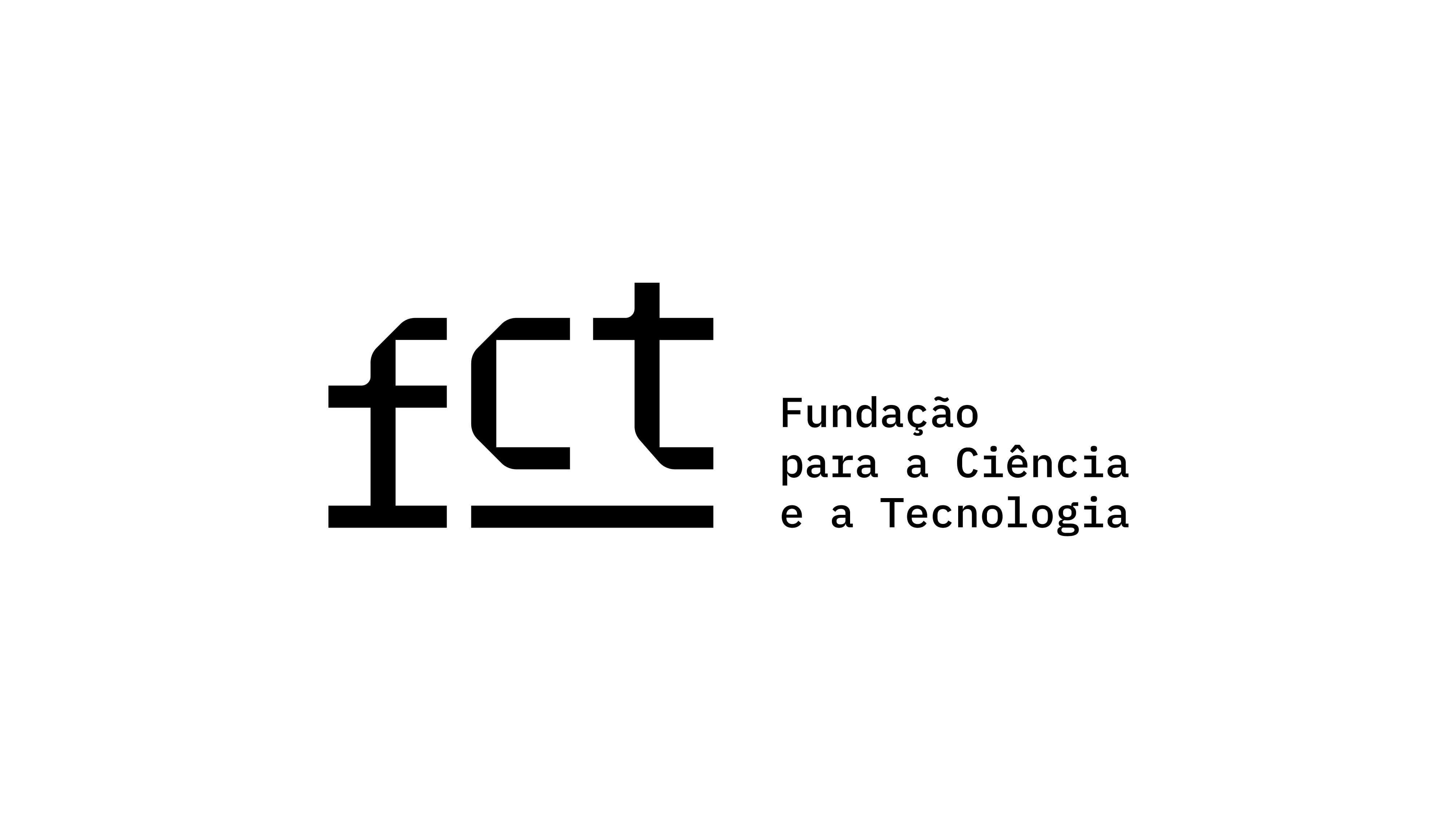Stories of Life and Lives of History. Testimony and Fiction in Photography Regarding a Project
DOI:
https://doi.org/10.21814/vista.4671Keywords:
photographic project, photography theory, theory of image, anthropology, semioticsAbstract
In this essay I will present a work of mine, conceived and produced in 2022, which consisted of a photographic exhibition and a book: Linhas com Cruzamentos de Destino (Lines With Destination Crossings; photobook; Câmara Municipal de Palmela; Camilo, 2023). Following this, I will reflect on how this cuts across aspects that are unavoidable in any photographic record, namely that of historical reality and that of representation, which is a symbolic, fictional reality. In the last section, I will outline the production aspects and reception contexts that underlie this project. In this reflection, I will present relevant photographs of the project and the history of photography. From an epistemological point of view, although the essay focuses on the implementation of a project, it weaves in references from the history of photography, visual anthropology and semiotics.
Downloads
References
Adam, H. C. (Ed.). (2008). Os índios norte-americanos (C. S. de Almeida, Trad.). Taschen. (Trabalho original publicado em 2001)
Andrade R. de. (2002). Fotografia e antropologia: Olhares fora-dentro. Educ; Estação Liberdade.
Baptiste, J. (2009, 9 de novembro). Pierre Verger – Candomble. JB: This and That. http://jennylbaptiste.blogspot.com/2009/11/pierre-verger-candomble.html?m=0
Barthes, R. (1988). A câmara clara (M. Torres, Trad.). Edições 70. (Trabalho original publicado em 1980)
Bateson, G., & Mead, M. (1942). Balinese character. A photographic analysis (Vol. II). New York Academy of Sciences.
Cabrita, A. (Diretor). (1978). Histórias de comboios em Portugal [Documentário]. Rádio e Televisão de Portugal (RTP).
Camilo, E. J. M. (2023). Linhas com ruzamentos de destino. Câmara Municipal de Palmela.
Frizot, M., & Ducros, F. (Eds.). (1987). Du bon usage de la photographie. Une anthologie des textes. Centre National de la Photographie.
Gomes, G. (1995). Barreiro. Fotografias anos 40-60. Câmara Municipal do Barreiro.
Greimas, A. J., & Courtés, J. (1993). Sémiotique. Dictionnaire raisonné de la théorie du langage. Hachette Livre.
Kossoy, B. (2012). Fotografia & história (4.ª ed.). Ateliê Editorial.
Kossoy, B. (2021). Fotografia e história: As tramas da representação fotográfica. Projeto História, V(70), 9–35. https://doi.org/10.23925/2176-2767.2021v70p9-35 DOI: https://doi.org/10.23925/2176-2767.2021v70p9-35
Maughan, S. (s.d.). Chuva e outras novelas (3.ª ed.). Livros do Brasil.
Sanches, F. D. (2017). A fotografia como narrativa antropológica. Ponto URBE, (21), 1–8. https://doi.org/10.4000/pontourbe.3516 DOI: https://doi.org/10.4000/pontourbe.3516
Downloads
Published
How to Cite
Issue
Section
License
Copyright (c) 2023 Eduardo J. M. Camilo

This work is licensed under a Creative Commons Attribution 4.0 International License.
Authors own the copyright, providing the journal with the right of first publication. The work is licensed under a Creative Commons Attribution 4.0 International License.













